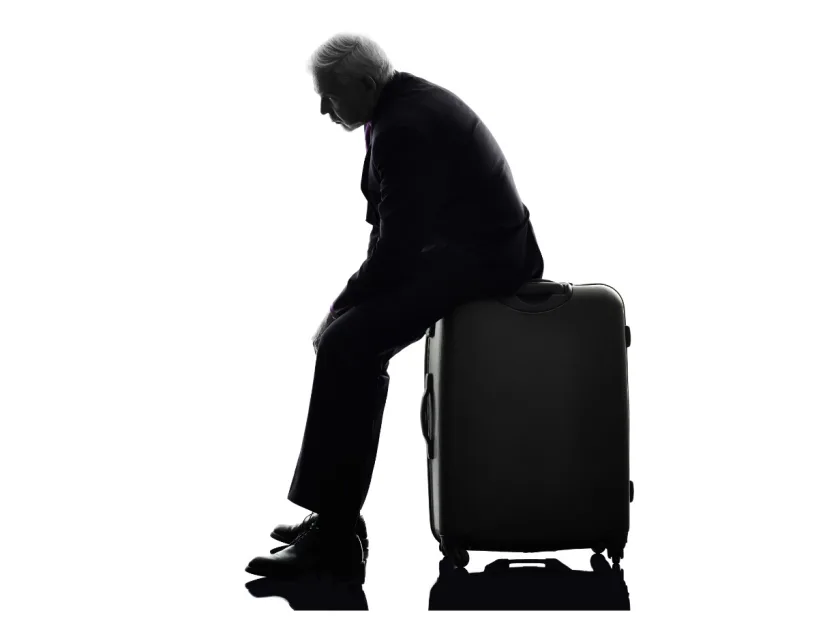Does Decreasing Travel Frequency Mean Seniors Don’t Want to Travel Anymore?: An Analysis of the “Travel Divide” (4)
Does Decreasing Travel Frequency Mean Seniors Don’t Want to Travel Anymore?: An Analysis of the “Travel Divide” (4) Continuing our exploration of the ‘Travel Divide,’ we delve deeper into its causes. In our second and third installments, we verified that the reasons behind the ‘Travel Divide’ are not a lack of money or time but rather the possibility of ‘heavy luggage.’ This time, we explore why it is crucial to address the ‘Travel Divide.’ After all, if no one is troubled by its existence, then perhaps it is not a problem. Again, we consider the decline in travel frequency among seniors. According to the Cabinet Office, “72.6% of at-home physically disabled individuals are over 65,” indicating a close connection between seniors and people with disabilities. Furthermore, considering the global trend of an aging population, examining travel frequency among seniors is essential. ソニー生命の「シニアの生活意識調査2023」の調査で「現在の楽しみ」というアンケート調査があります。この調査は日本の50歳~79歳の男女1,000名に対する調査です。「現在の楽しみ」の1位は「旅行(39.9%)」でした。以下、2位が「テレビ/ドラマ(38.4%)」、3位が「グルメ(27.1%)」でした。2017年から「現在の楽しみ」という調査項目がありますが、旅行は7年全てで1位でした。従って、シニア(高齢者)は「旅行」に強く行きたいと思っていると言っていいでしょう。「旅行に行きたい」のに、「旅行に行けない(旅行回数が減少する)」ということは「トラベル・ディバイド」を解消すべき理由の一つです。 Sony Life’s ‘Senior Living Consciousness Survey 2023’ included a questionnaire about ‘Current Enjoyments.’ This survey, which involved 1,000 Japanese men and women aged 50-79, found that ‘Travel (39.9%)’ ranked first as the current enjoyment. This was followed by ‘TV/Drama (38.4%)’ and ‘Gourmet (27.1%).’ Since 2017, travel has consistently ranked first in this survey category every year. Therefore,






